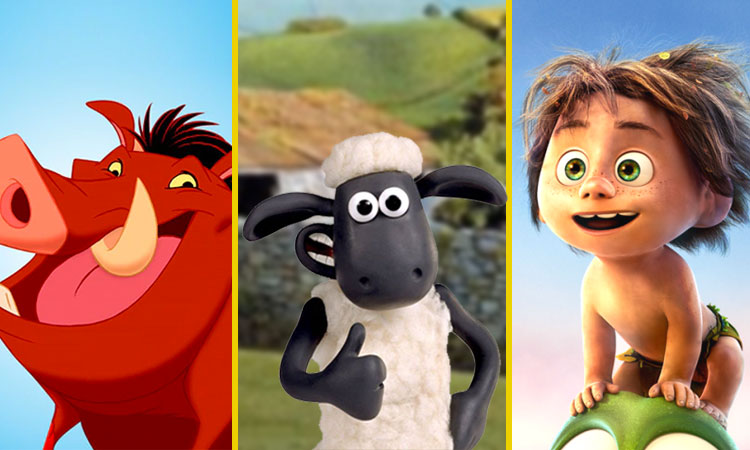0%

Image/basicdas
Animation is a technique of photographing uninterrupted drawings to create an illusion of movement in a sequence.
Human eyes can retain an image for 1/16 of a second only, and when several images appear in a fast succession, our brain merges them into a single moving image.
Talking about traditional animation, pictures were drawn on transparent celluloid sheets later to be photographed and shown on films.
Today, animations are made with computer-generated imagery (CGI).
In order to make the appearance of uninterrupted motion from these images, the frame rate, or the number of consecutive images, which are displayed each second, is considered.
Likewise, moving characters are also usually shot ‘on twos’ which means one image is shown for two frames that totals at 12 drawings per second, according to studiobinder.
IT says that 12 frames per second can allow for motion but will seem choppy. In the film, a frame rate of 24 frames per second is often used for smooth motion animation, it says.
There are many types of animation that involved different techniques for the desired effect.
Animation:
Traditional Animation
It is one of the oldest forms of animation in films. It’s also called cel animation. In traditional animation, the objects are drawn on celluloid transparent papers.
Traditional is usually 2D animation.
2D Animation (Vector)
2D animation also falls under the traditional animation. But it has something known as Vector-based animation that can also be 2D.
The motion here can be controlled by vectors rather than pixels.
3D Animation
These days, 3D animation is the most common type. In 3D animation, animators use a program to move the character’s body parts around.
Animators usually set their digital frames when all parts of the character are in the right position.
Animators also adjust and tweak curvatures and movements their characters.
Motion Graphics
Motion Graphics are pieces of the digital graphics creating illusion of motion particularly for adverts, title sequences in films. They are combined with sound for multimedia projects.
History of animation
It’s still unclear when and where the animation was first introduced. Shadow Puppetry in about 200 A.D., to The Magic Lantern in the 1650s, the first real image projector—telling a story through motion has been happening forever, according to studiobinder.
(With inputs from studiobinder.com)